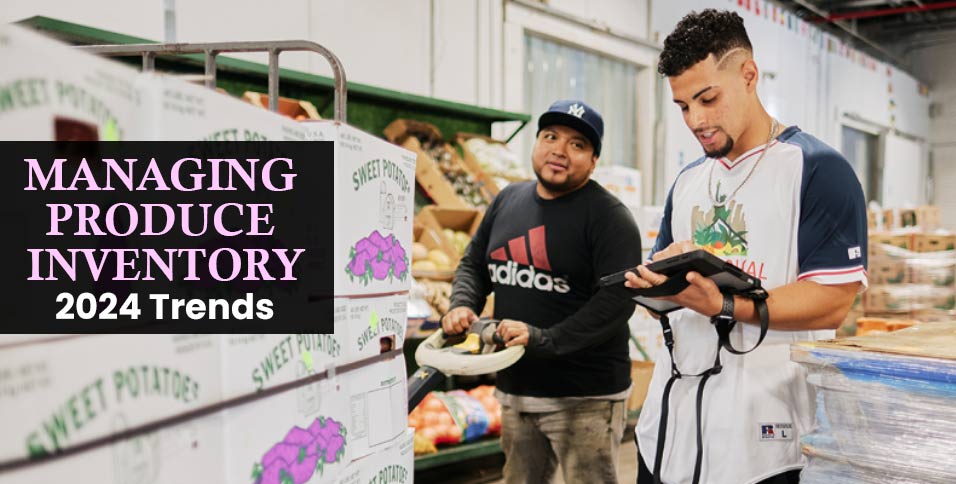With consumers becoming more health-conscious and demanding high-quality, locally-sourced produce, the importance of properly managing inventory cannot be overstated. But with evolving consumer preferences and innovative technologies on the rise, staying ahead can be challenging.
In addition to produce inventory software, many different trends have come to prominence in recent years. In this article, we’ll delve into the latest trends in managing produce inventory. We’ve got you covered with everything you need to know to stay competitive in this fast-paced market. So buckle up as we explore the future of produce inventory management together!
AI and machine learning in inventory management
One of the most significant trends shaping the future of produce inventory management is the integration of AI and machine learning technologies. These advancements are streamlining processes, from forecasting demand to optimizing stock levels, ensuring that perishable goods are sold while fresh, and reducing waste.
AI-powered analytics can accurately predict fluctuations in consumer demand, allowing retailers to adjust their inventory in real time. Furthermore, machine learning algorithms are revolutionizing supply chain logistics, ensuring that produce is replenished efficiently and sustainably, minimizing carbon footprints, and enhancing farm-to-table cycles.
This technology-driven approach not only maximizes profitability but also meets the growing consumer demand for sustainability and transparency in the food supply chain.
Embracing data for better decision-making
Data is a valuable asset in the produce industry. Successful inventory management requires access to accurate and real-time data, enabling retailers to make informed decisions that optimize the supply chain from top to bottom.
With the increasing availability of data solutions tailored to the produce industry, businesses can leverage insights into consumer preferences, crop yields, transportation routes, and more. Additionally, data analytics can provide critical information to improve forecasting accuracy, reduce waste, and identify potential risks in the supply chain.
As we move towards a more data-driven future, it is essential for businesses to embrace technology and invest in systems that allow for seamless data integration across all levels of the supply chain. contributes to a more sustainable future.
The rise of omnichannel inventory control
Omnichannel inventory control is emerging as a crucial strategy for produce retailers aiming to meet the diverse shopping preferences of today’s consumers. This approach integrates inventory management across various sales channels – from brick-and-mortar stores to online marketplaces – ensuring a seamless shopping experience for consumers regardless of how or where they prefer to shop.
By adopting an omnichannel strategy, retailers can efficiently manage their produce inventory to adequately supply both physical stores and e-commerce platforms, responding promptly to dynamic consumer demands.
Additionally, omnichannel inventory control enhances visibility across the supply chain, making it easier to track produce from farm to consumer, ensuring freshness, and reducing waste due to overstocking or understocking.
This trend not only aligns with the increasing consumer demand for convenience and flexibility but also drives operational efficiency, enabling retailers to capitalize on sales opportunities across all channels while maintaining optimal stock levels.
Capitalize on trends
These are just a few of the trends that will shape produce inventory management in 2024 and beyond. As consumer demands continue to evolve, businesses must stay proactive and embrace technology and sustainability to stay ahead of the competition.
By effectively managing inventory, businesses can ensure profitability, reduce waste, and meet consumer expectations for high-quality, locally-sourced produce. So keep an eye on these trends and be prepared to adapt in this ever-changing industry.














